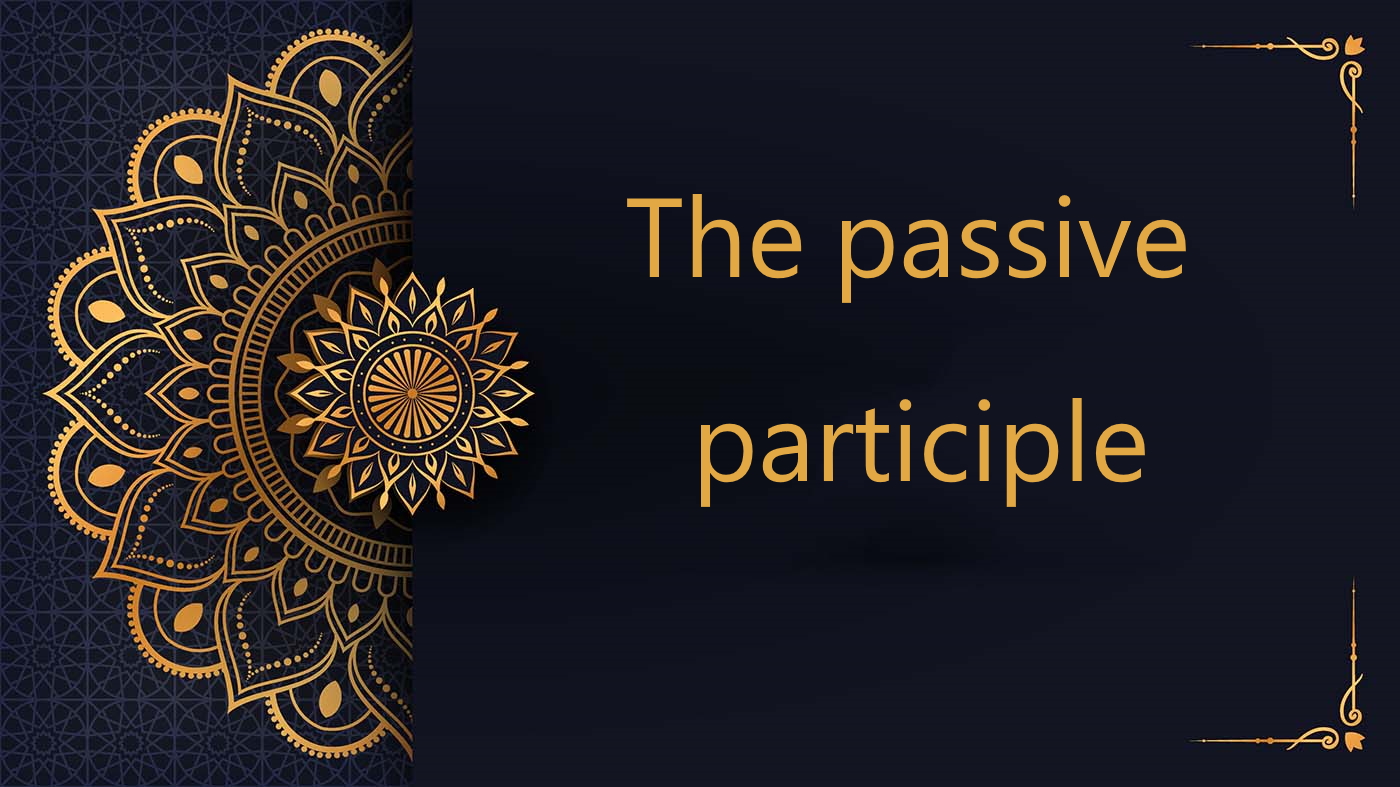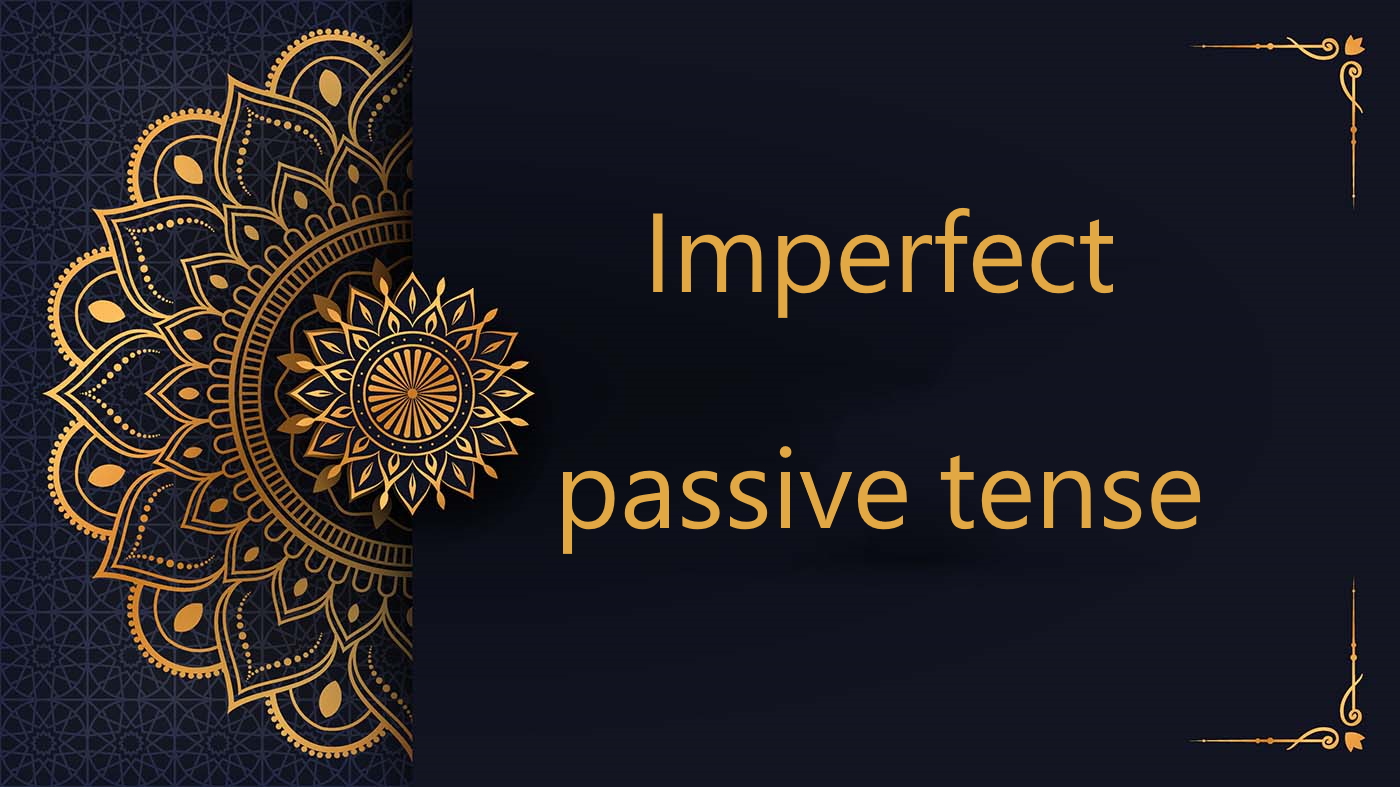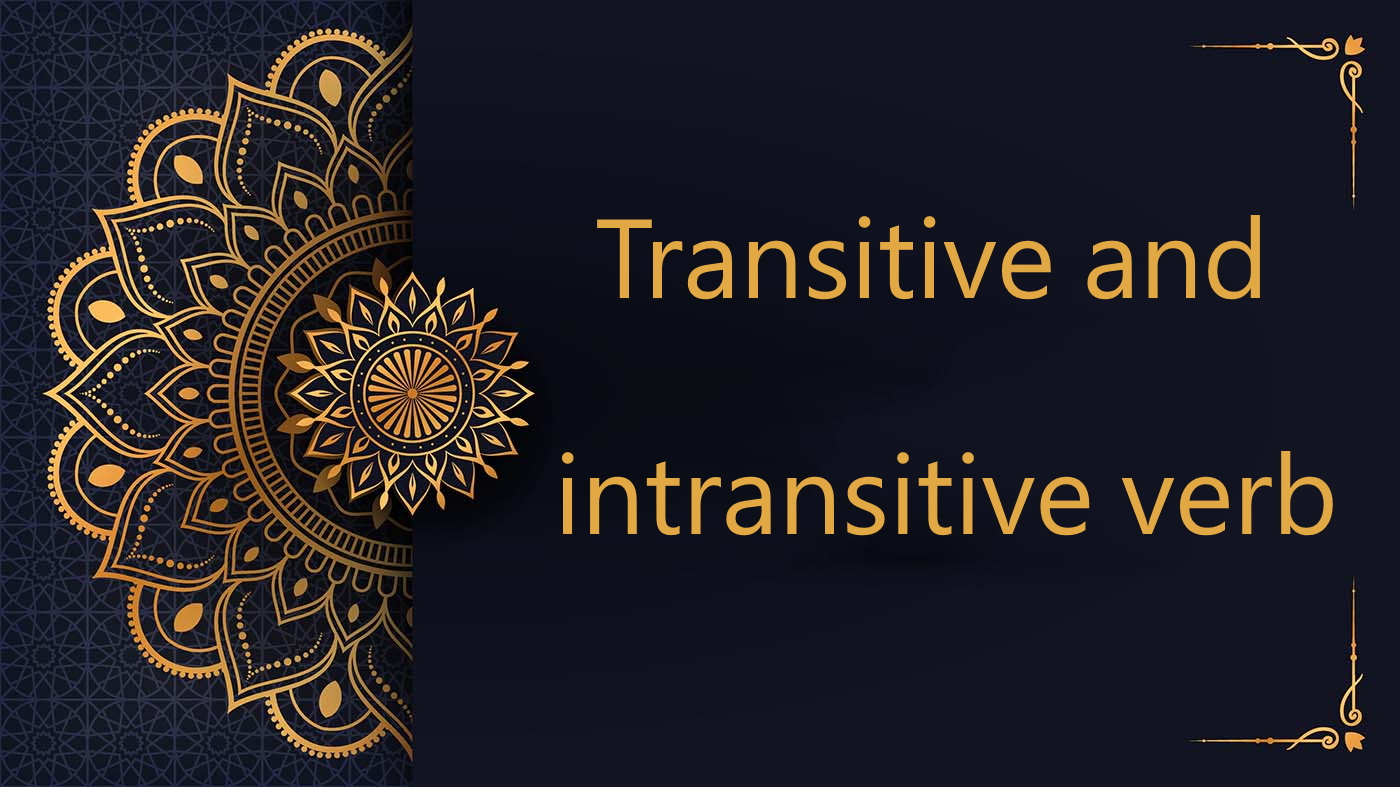Triliteral Derived Arabic Verb – الْفِعْلُ المُجَرَّدُ الثُلاثِي | Arabic Free Course

Triliteral Derived Arabic Verb – الْفِعْلُ المُجَرَّدُ الثُلاثِي Introduction The verb that encompasses additional letter(s) beyond its primary root is termed as الْفِعْلُ الْمَزِيْدُ الثُلاثِي. These verbs stem from the foundational triliteral roots, signifying their origin and complexity in the Arabic linguistic framework. 1. Triliteral root verb – الْفِعْلُ المُجَرَّدُ الثُلاثِي In the intricate tapestry […]
The verbal Noun in Arabic – اِسْمُ الْمَصْدَرُ | Arabic Free Course

The verbal noun in Arabic – اِسْمُ الْمَصْدَرُ Introduction The foundational entity from which all nouns and verbs stem in Arabic is termed الْمَصْدَرُ. Functioning as a verbal noun, it can be prefixed with the article ‘ال’ or paired with tanween. Moreover, it exhibits declension, adapting to various grammatical roles in a sentence – be […]
Passive Participle in Arabic – اِسْمُ الْمَفْعُولِ | Arabic Free Course

Passive Participle in Arabic – اِسْمُ الْمَفْعُولِ Introduction We’ve observed that الْمَفْعُلُ بِهِ, or the simple object, carries the action of the verb. However, the passive participle, اِسْمُ الْمَفْعُولِ, conforms to the مَفْعُولٌ pattern. Examples: فَعَلَ – مَفْعُولٌ Done فَتَحَ – مَفْتُوْحٌ Opened خَلَقَ – مَخْلُوْقٌ Created جَمَعَ – مَجْمُوْعٌ Gathered عَلِمَ – مَعْلُوْمٌ Known […]
Active participle in Arabic – اِسْمُ الفاعِل | Arabic Free Course

Active participle in Arabic – اِسْمُ الفاعِل 1. Introduction In Arabic grammar, the term for the noun representing the doer of an action, also known as the subject, is “اسم الفاعل” or the active participle. It is constructed by adding an alif (ا) to the first radical of the verb (فعل), providing the middle letter […]
Double emphasis in Arabic – نُونُ التَّوْكِيد – لامُ التَّوْكِيد | Arabic Free Course

Double emphasis in Arabic – نُونُ التَّوْكِيد – لامُ التَّوْكِيد Introduction To add extra emphasis to the imperfect tense in Arabic, the prefix لَ is used along with نّ – noon thaqila or نْ – non khafeefa as a suffix, a linguistic feature known as double emphasis. For example: Table with نْ – non khafeefa […]
Imperfect Passive Tense – الْمُضّارِعُ الْمَجْهُول | Free Arabic Course

Imperfect Passive Tense – الْمُضّارِعُ الْمَجْهُول The imperfect passive tense is formed by giving dammah -ُ to the sign of the imperfect tense, and fatha -َ on the second radical. 1. Imperfect passive tense of the passive verb of consonants – الصَحِيْحُ Example: يُفْعَلُ (Yufa’alu) = يُفْعَلُ (Yufa’alu) Table passive verb of consonants يُرْفَعُ […]
The passive verb in Arabic – الْفِعْلُ الماضِي المَجْهُولُ | Arabic Free Course

The passive verb in Arabic – الْفِعْلُ الماضِي المَجْهُولُ Introduction The active voice verb, known as اَلْفِعْلُ الْمَعْرُوْفُ, is where the subject, or the doer of the action, is explicitly mentioned. We have extensively covered these types of verbs in previous chapters, particularly those following the patterns of فَعَلَ – فَعِلَ – فَعُلَ. However, Arabic […]
Transitive & Intransitive Verb in Arabic – الْفِعْلُ المُتَعَدِّي و اللازِم

Transitive & Intransitive Verb in Arabic – الْفِعْلُ المُتَعَدِّي و اللازِم Introduction In the Arabic language, verbs are categorized into two main types: intransitive verbs, known as “اَلْفِعْلُ اللَّازِمُ,” and transitive verbs, referred to as “اَلْفِعْلُ الْمُتَعَدَّى.” These distinctions play a crucial role in understanding the structure and usage of verbs in Arabic grammar. 1. […]
Maximizing Online Arabic Learning: The Value of a Professional Tutor

Maximizing Online Arabic Learning: The Value of a Professional Tutor The Ultimate Guide to Learning Arabic with Professional Tutors Online Learning Arabic can open doors to new cultural experiences and business opportunities. While self-study has its merits, engaging a professional Arabic tutor can significantly accelerate your learning curve. Let’s explore why. Why Learn Arabic? Arabic […]
14 Eye-Opening Facts You Didn’t Know About the Arabic Language

14 Eye-Opening Facts You Didn’t Know About the Arabic Language 14 Intriguing Facts About the Arabic Language: Dive Deep Into Its Rich History and Influence The Arabic language, an ancient tongue dating back 1,500 years, boasts a rich tapestry of history, influence, and surprising nuances. Explore with us the depths of this fascinating language through […]

